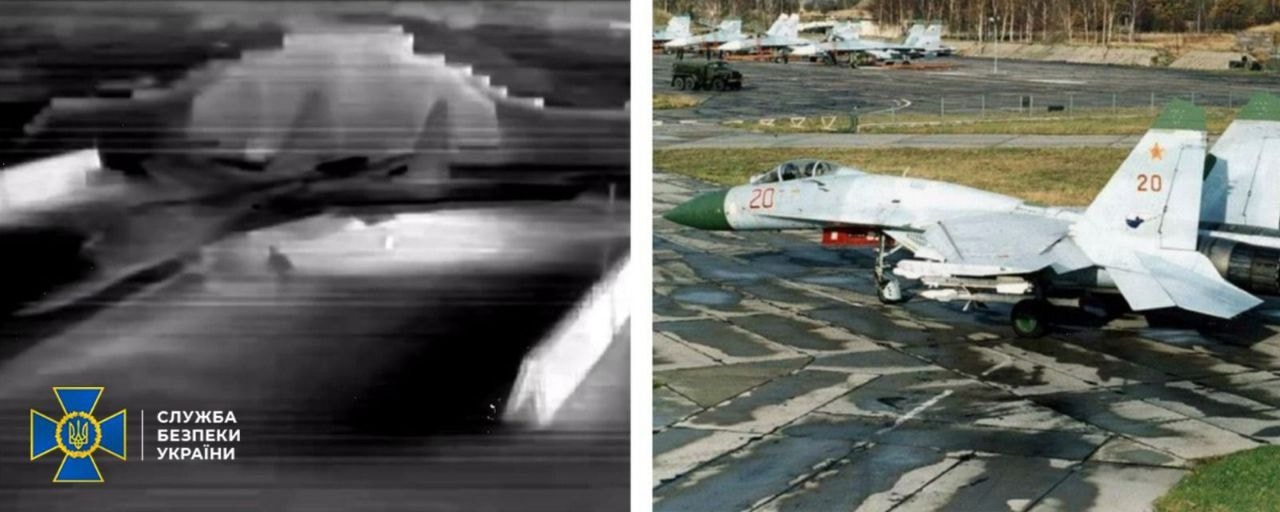Russian troops will continue to launch large-scale missile strikes on Ukraine, but they need about a week to get ready for the next one, Andrii Yusov, a spokesman of Defense Ministry’s Main Intelligence Directorate, said on Nov. 24.
Russian reserves of high-precision weapons are exhausted, but the country still has many less accurate missiles left, according to Yusov.
He added that the front-line cities such as Zaporizhzhia, Kharkiv, Mykolaiv, and Kherson are primarily at risk because Russian S-300 missiles can still reach them.
S-300 is a Soviet-era surface-to-air missile system designed to shoot down air targets, which has low accuracy when striking ground targets, and its missiles are hard to intercept due to their speed. Those rockets make up the majority of Russia’s arsenal, according to the Intelligence Directorate spokesman.
“Ukraine is working to protect the civil infrastructure and the civilian population, but we understand that despite all its weakness, the enemy is serious, armed, and massive. Therefore, unfortunately, missile terror may still continue,” Yusov said.
Ukraine’s Air Force reported that Russia launched 70 missiles at targets across Ukraine on Nov. 23, of which 51 were downed. The mass attack caused power outages and halted water supply in multiple cities.
According to Interior Minister Denys Monastyrskyi, Russian troops hit three residential buildings, killing 10 people.
It was Russia’s fifth large-scale air strike targeting Ukraine’s energy infrastructure. The previous ones took place on Oct. 10, Oct. 17, Oct. 31, and Nov. 15.









